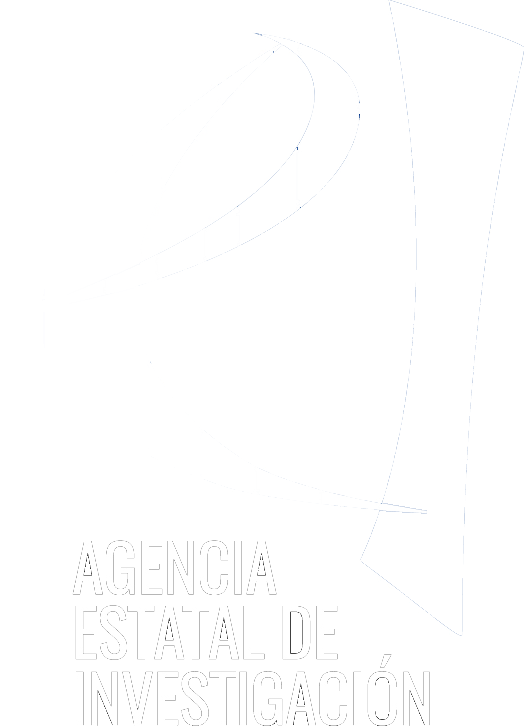The ‘Anthropocene’: alea iacta est
After 13 years of deliberations, the Anthropocene Working Group (AWG) finally submitted, a couple of months ago (October 31, 2023), the proposal for the formalization of the ‘Anthropocene’ as a new epoch of the Geological Time Scale (GTS) to the pertinent geological organisms. A full account of the ‘Anthropocene’ term and concept, and the controversy around it, is available in a book published in 2018 by the IBB researcher Valentí Rull. In the last few years, the AWG proposal has experienced a significant boost leading to its completion, as explained in detail in a paper by the same researcher, which is available as a preprint and will be published soon in the Science and Society section of the journal EMBO Reports.
The International Commission on Stratigraphy (ICS) is now considering the AWG proposal. If approved, the proposal will be submitted to the International Union of Geological Sciences (IUGS) for ratification. If ratified, the ‘Anthropocene’ will be added to the International Chronostratigraphic Chart (ICC) as a new epoch of the GTS and the Holocene, the epoch that began 11,700 years ago after the end of the last glaciation, will be declared terminated. The process is similar to the addition of a new element to the Periodic Table of Elements (PTE), which is overseen by the International Union of Pure and Applied Chemistry (IUPAC).

The AWG proposal considers that the ’Anthropocene’ began in the mid-20th century and situates the reference section – also known as the Global Stratotype Boundary Section and Point (GSSP) or, more popularly, the ‘golden spike’ – in the annually-laminated sediments of the tiny Canadian Crawford Lake. The stratigraphic marker that differentiates the ‘Anthropocene’ from the underlying Holocene sediments is the radioactive fallout, primarily the plutonium (239Pu) content, produced by the atomic bomb tests carried out in the 1950s. This marker starts to appear in the superficial Crawford Lake sediments at approximately 13-14 cm from the top, a boundary that coincides chronologically with the Great Acceleration, when most indicators of industrialization and anthropogenic global change underwent an abrupt quickening.

According to the AWG convenor, Colin Waters, the success of their proposal is not guaranteed, as it has received numerous critiques from relevant ICS and IUGS members – including the secretary general of both organizations, Philip Gibbard and Stanley Finney, respectively – who are directly involved in the final decision. These scholars emphasize that the AWG procedures for the definition of the ‘Anthropocene’ do not follow the rules of the International Stratigraphic Guide (IGS), which set the conditions to be met for the inclusion of a new stratigraphic unit to the ICC. They also argue that barely a few centimeters of unconsolidated lake sediments deposited during the last ~70 years is not enough to define a geological epoch.
The ICS/IUGS can now endorse or reject the proposal, or can request modifications. It is expected that a decision is reached during 2024, hopefully before the 37th International Geological Congress, to be held at Busan (South Korea) in August 25-31, where the final output may eventually be announced.
References
- Rull, V. 2018. El Antropoceno. Editorial CSIC.
- Rull, V. 2023. The ‘Anthropocene’: alea iacta est. EMBO Reports.














